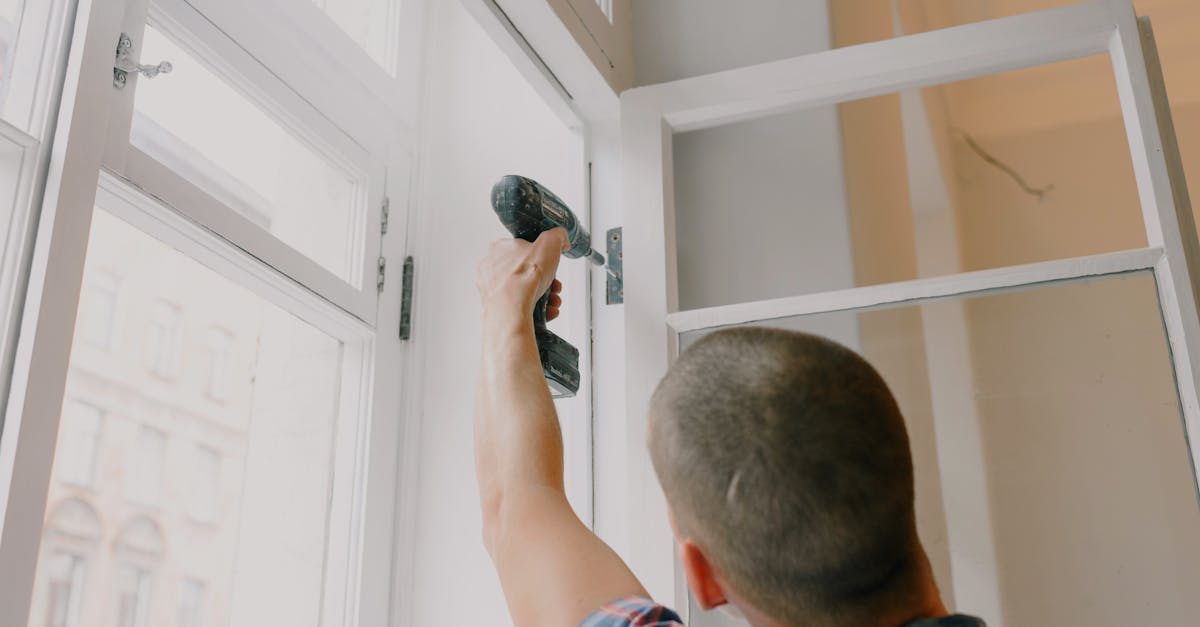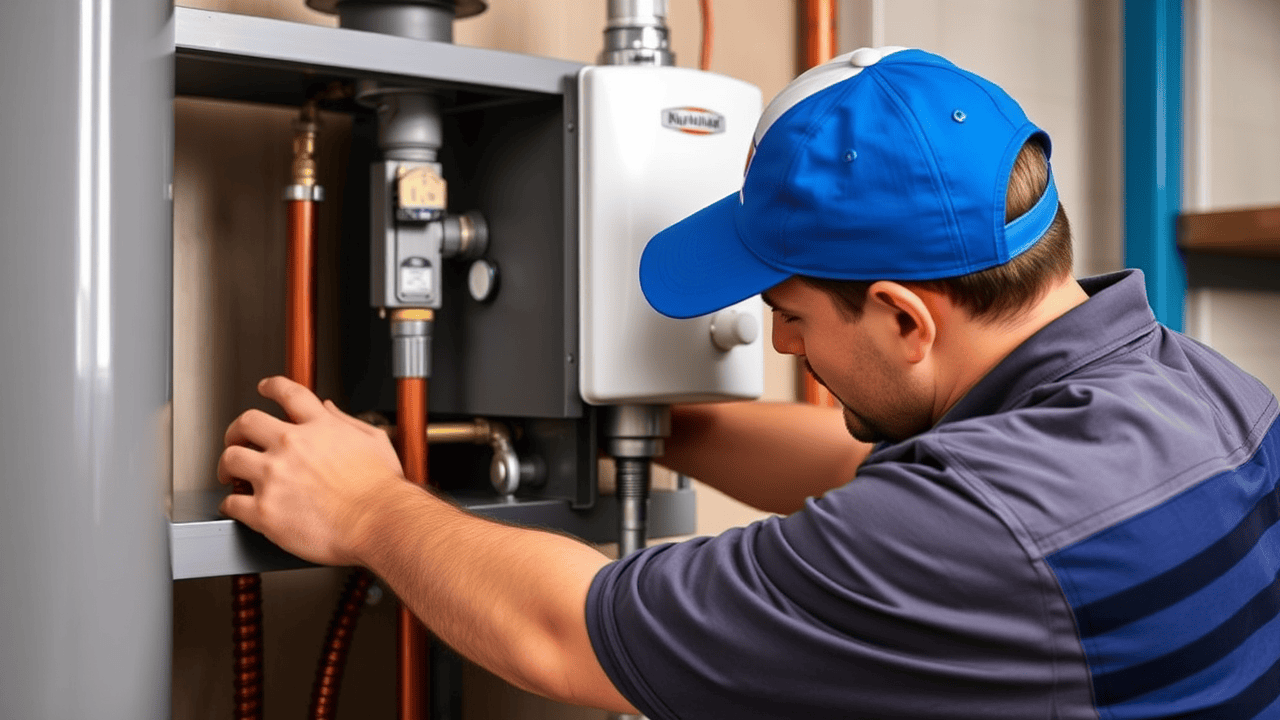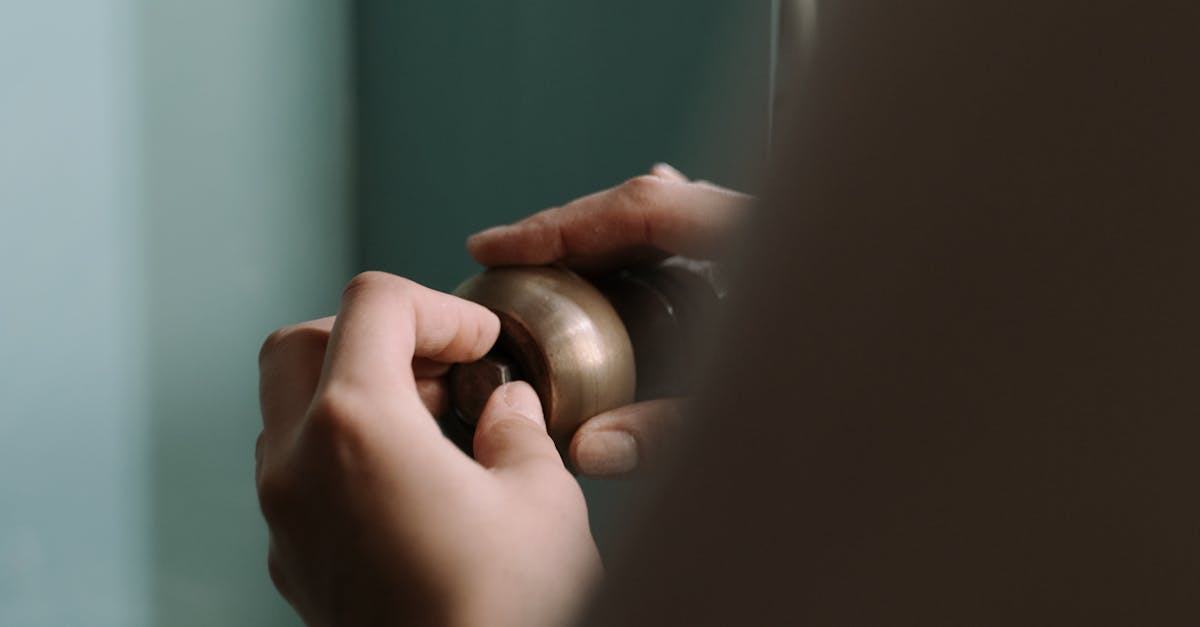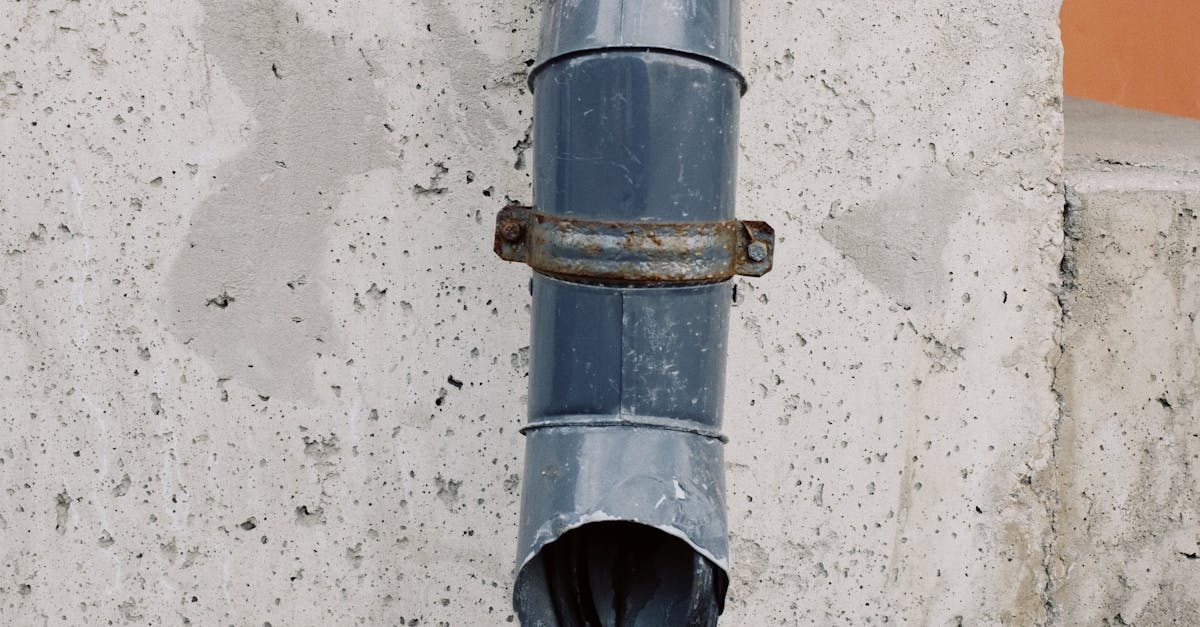
Common Challenges During Replacement
Replacing a home water heater can come with a variety of challenges that homeowners may not anticipate. The age of the existing unit can complicate removal, particularly if the tank has been in place for many years. Corrosion, rust, and sediment buildup can make disconnection difficult. Additionally, outdated plumbing or electrical configurations may require upgrades, further extending the timeline of the project. Homeowners often find themselves searching for “water heater installation and repair near me” to find professionals who can navigate these obstacles efficiently.
Accessibility issues can also pose significant challenges during the replacement process. Water heaters located in cramped spaces or hard-to-reach areas may require extra effort to remove and install new units. This can lead to additional labor costs and extended installation times. Moreover, any necessary permits and inspections can add delays. Homeowners should prepare for the possibility of these complications and consider hiring experienced technicians who are well-versed in common installation hurdles.
Issues That Can Extend Installation Time
Several factors can complicate the process of replacing a water heater, ultimately prolonging installation time. If old connections are corroded or damaged, the technician may need additional time to safely remove them and install new fittings. Accessibility can also pose challenges, particularly in cramped spaces where maneuvering equipment is difficult. Homeowners should be prepared for possible delays if their current water heater is hard to reach or if there are unexpected structural issues.
Permitting and code compliance are significant considerations that can extend installation time. Local regulations might require specific permits before work can begin, which can add days or even weeks to the timeline. Homeowners should check local codes before starting the replacement process to anticipate any potential hurdles. Searching for “water heater installation and repair near me” can help identify qualified professionals who are familiar with local requirements and can expedite the process.
PostInstallation Checklist
After the installation of your new water heater, it's essential to check for any leaks. Inspect the connections at the top and bottom of the unit. A small drip can lead to significant water damage if not addressed promptly. Ensure the drain pan is in place and functioning correctly. This step helps prevent potential spills from affecting your home.
Next, test the temperature settings on your newly installed heater. Check the thermostat and adjust it to a safe level, typically around 120 degrees Fahrenheit. This setting prevents scalding while ensuring optimal performance. Regular checks can help maintain efficiency. For ongoing needs, consider searching for "water heater installation and repair near me" to find trusted local professionals for any future maintenance or issues.
Steps to Ensure Proper Functioning
Properly setting up your water heater after installation is crucial for ensuring its efficiency and longevity. Start by checking all connections for leaks. Tighten any loose fittings and ensure that the pressure relief valve operates correctly. Not only does this contribute to safety, but it also maintains optimal performance. It's also wise to verify that the thermostat is set to the appropriate temperature, typically around 120 degrees Fahrenheit, to prevent scalding while maximizing energy efficiency.
Once installation is complete, it is beneficial to familiarize yourself with the heater's operation. Review the manufacturer's guidelines for routine maintenance and potential troubleshooting techniques. Regular inspections can help catch issues before they escalate. If you have questions or encounter problems, seeking local help is advisable. Searching for “water heater installation and repair near me” can connect you with professionals who will ensure your system runs smoothly for years to come.
Maintenance Tips After Replacement
Regular maintenance is crucial for extending the life of your new water heater. Start by checking the temperature setting on your thermostat. A temperature of 120 degrees Fahrenheit is usually optimal, balancing energy efficiency and comfort. Inspect the anode rod every few years, as it helps prevent rust. Replacing a corroded anode rod can extend the water heater's longevity significantly.
Flushing the tank periodically is another essential maintenance task. Sediment buildup can affect efficiency and increase wear on the system. Drain a few gallons of water from the bottom of the tank to remove sediment. If you encounter any issues during these checks, consider searching for “water heater installation and repair near me” to find local professionals who can assist you with any necessary repairs or maintenance.
How to Extend the Life of Your New Heater
Regular maintenance is essential for prolonging the life of your new water heater. Check the temperature settings on the thermostat to ensure they are set between 120 and 140 degrees Fahrenheit. This optimal range prevents energy waste while reducing the risk of scalding. Flushing the tank at least once a year helps remove sediment buildup that can affect performance and efficiency.
In addition to routine maintenance, monitoring for leaks or unusual noises can help address minor issues before they escalate. Insulating pipes connected to the heater prevents heat loss, making your system more efficient. If you notice any signs of trouble, seeking professional assistance by searching for “water heater installation and repair near me” can lead to quick resolutions and further extend your heater's lifespan.
FAQS
How long does it typically take to replace a home water heater?
On average, replacing a home water heater can take anywhere from 2 to 6 hours, depending on factors such as the type of heater and the complexity of the installation.
What factors can extend the installation time of a water heater?
Factors that can extend installation time include the need for additional plumbing work, electrical upgrades, the removal of an old tank, and issues with accessibility.
Do I need to prepare my home before the water heater replacement?
Yes, it's advisable to clear the area around the water heater for easier access, and ensure that the installation space is free of clutter or obstacles.
Is it necessary to hire a professional for water heater installation?
While some homeowners may choose to install a water heater themselves, hiring a professional is recommended to ensure safety, compliance with local codes, and proper installation.
What should I do after the installation to ensure my new water heater functions properly?
After installation, check for leaks, ensure the temperature is set correctly, and review the manufacturer's instructions. Following up with routine maintenance checks is also crucial for longevity.


